Capturing Change
Photographers document the transformation of a Staten Island landfill into parkland. A long term collaboration with NYC Parks and the Freshkills Park Development Team.
We are celebrating 15 years — and counting — of stories that are deeply researched and deeply felt, that build a historical record of what the city has been.
Freshkills in Staten Island, once the world’s largest landfill, is under transformation into the largest New York City park developed in over 100 years. To better share this process with the public, in June we inaugurated Capturing Change, a series of photo essays in collaboration with Freshkills Park Alliance. The photographs below are drawn from the Alliance’s project of the same name, which invites small groups of photographers to the site to document the engineered landscape’s evolution. In the second installment of this community- and artist-driven archive exploring Freshkills’ massive makeover, four photographers visit the normally off-limits West Mound — the site’s highest point — for an up-close look at the landfill capping process. –J.T.
The massive effort to transform a landfill into a park is represented, almost didactically, by ongoing cap construction on Freshkills’ largest mound: West Mound or, as it’s technically known, Section 1/9. Rising 195 feet above sea level and spanning 545 acres, the mound is situated between the West Shore Expressway (440) to the east and the Arthur Kill, the industrial waterway separating Staten Island and New Jersey, to the west. Tidy color-coded piles of soil and stone barrier material and industrial plastic membrane showcase each cap layer that will separate trash from the park soon to grow above.
Once two or more feet of clean soil (“residential grade soil” as mandated by the New York State Department of Environmental Conservation) covers these barrier materials, landfill cap construction will be complete (anticipated in 2018). In addition to more traditional park construction that will come after, plans envision an enormous earthwork monument rising in remembrance of the September 11th recovery effort at Freshkills and the unidentifiable materials buried in an isolated area of this mound. Set on a vast hilltop wildflower meadow, the earthwork would be open to the sky and offer spectacular 360-degree views of the region, including a direct line of sight to lower Manhattan.
While NYC Parks organizes programs on other areas of the Freshkills Park project site, access to West Mound has been extremely limited as it undergoes capping. In this edition of Capturing Change, a group of photographers, overseen by the NYC Department of Sanitation and led by NYC Parks staff, got an exclusive perspective onto the entire Freshkills site from West Mound. Check out construction across the park, in a variety of forms and phases, from this off-limits vantage point.
The views expressed here are those of the authors only and do not reflect the position of The Architectural League of New York.
Photographers document the transformation of a Staten Island landfill into parkland. A long term collaboration with NYC Parks and the Freshkills Park Development Team.

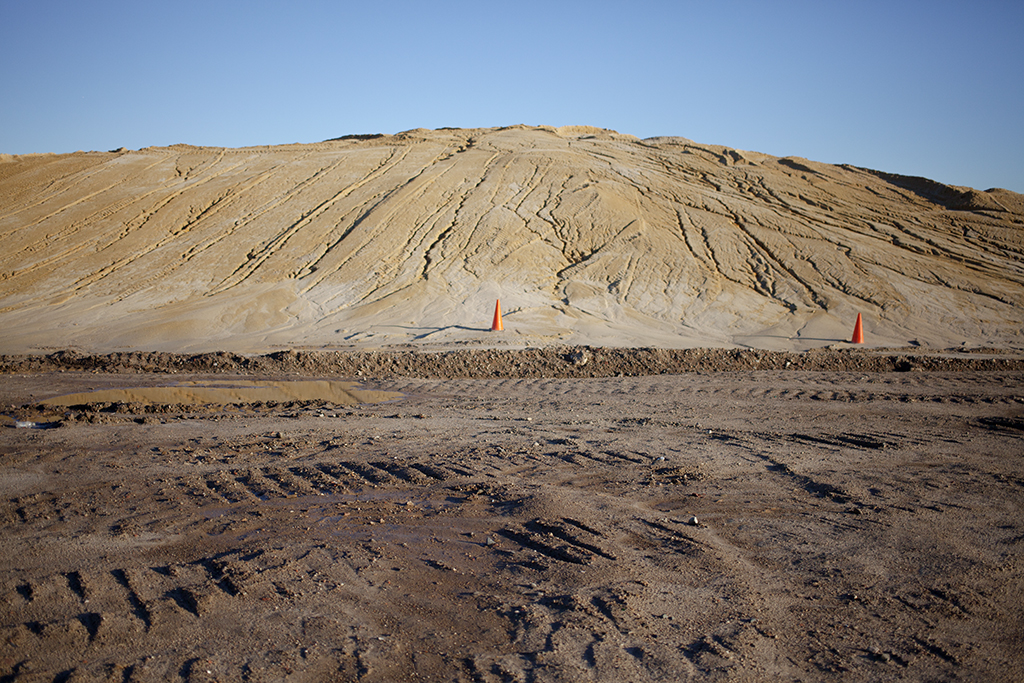
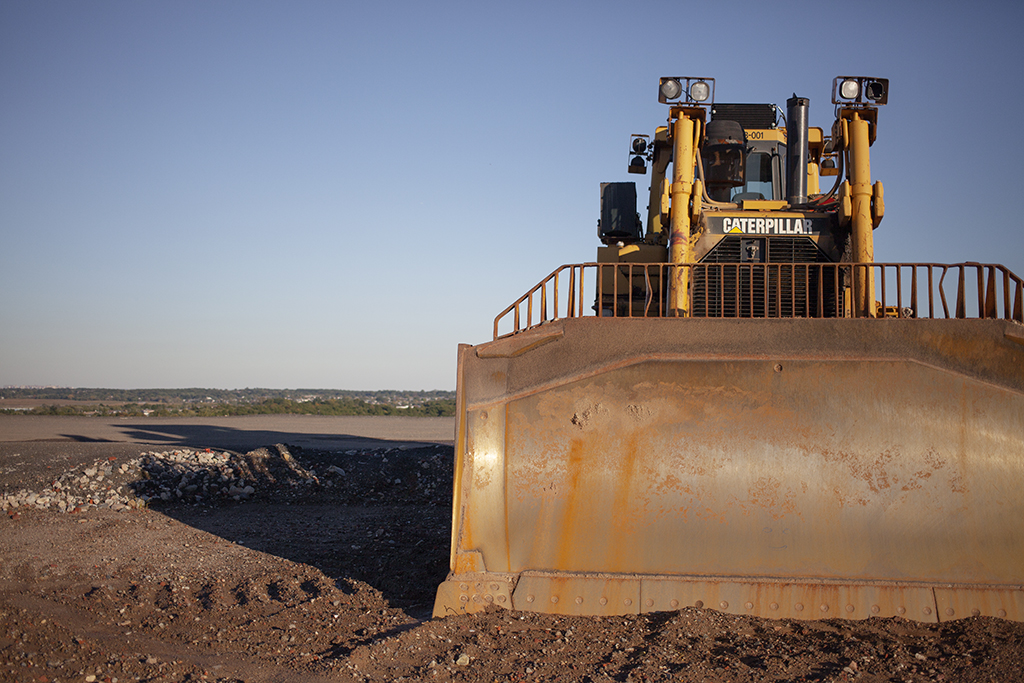
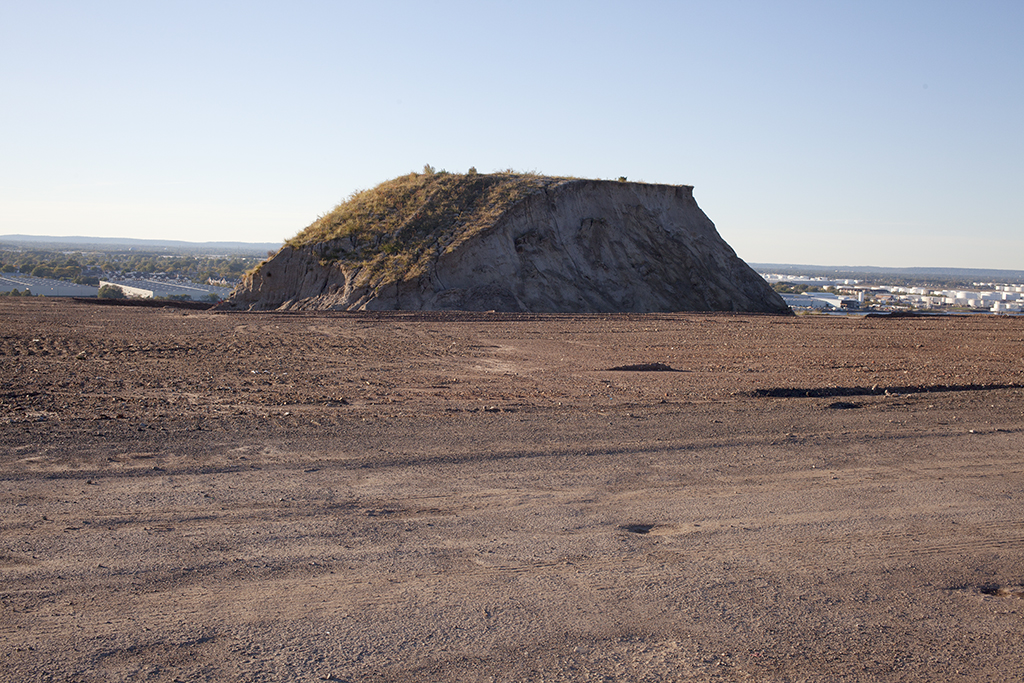
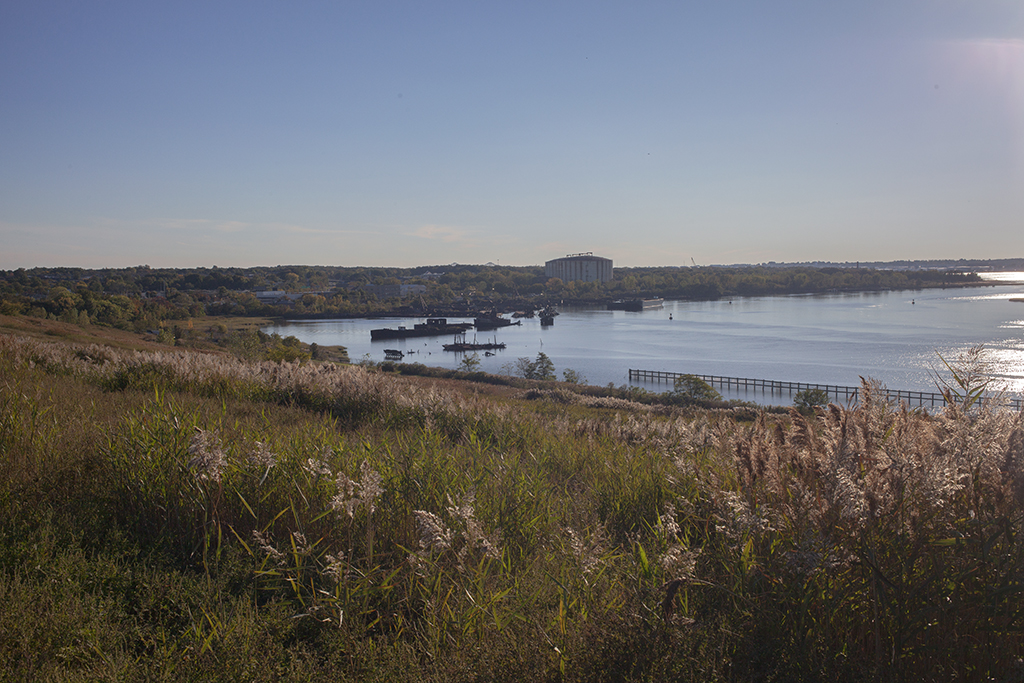

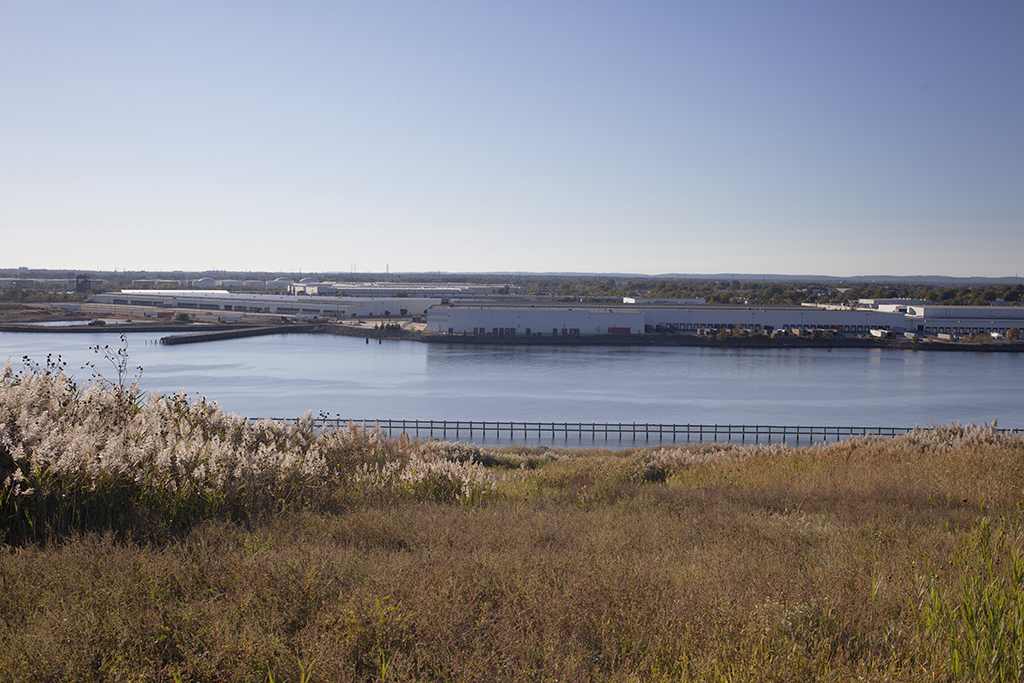
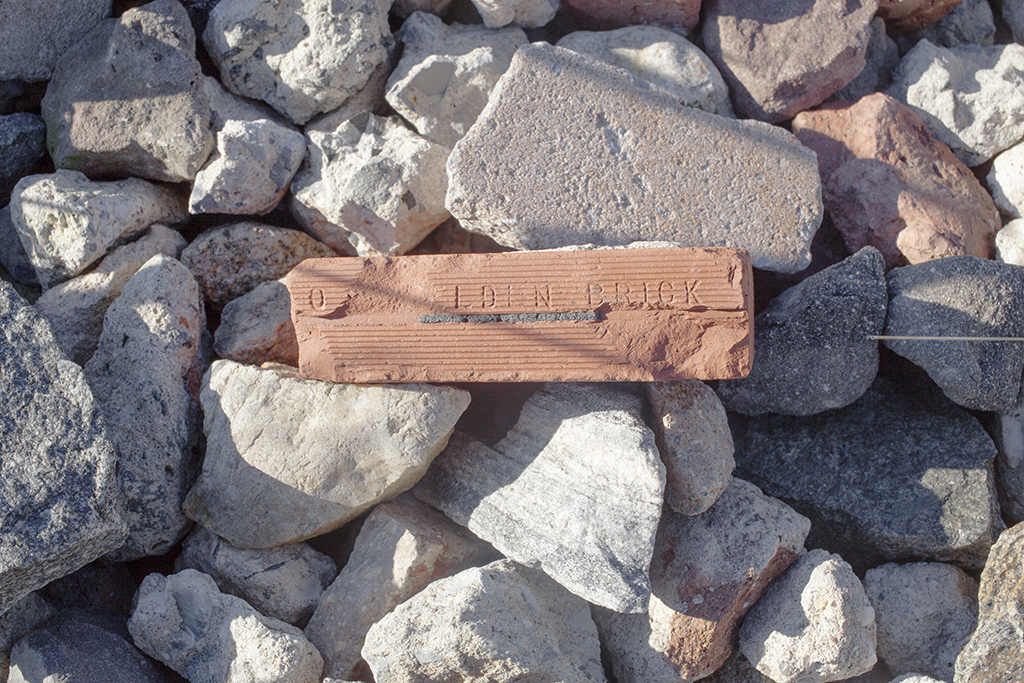
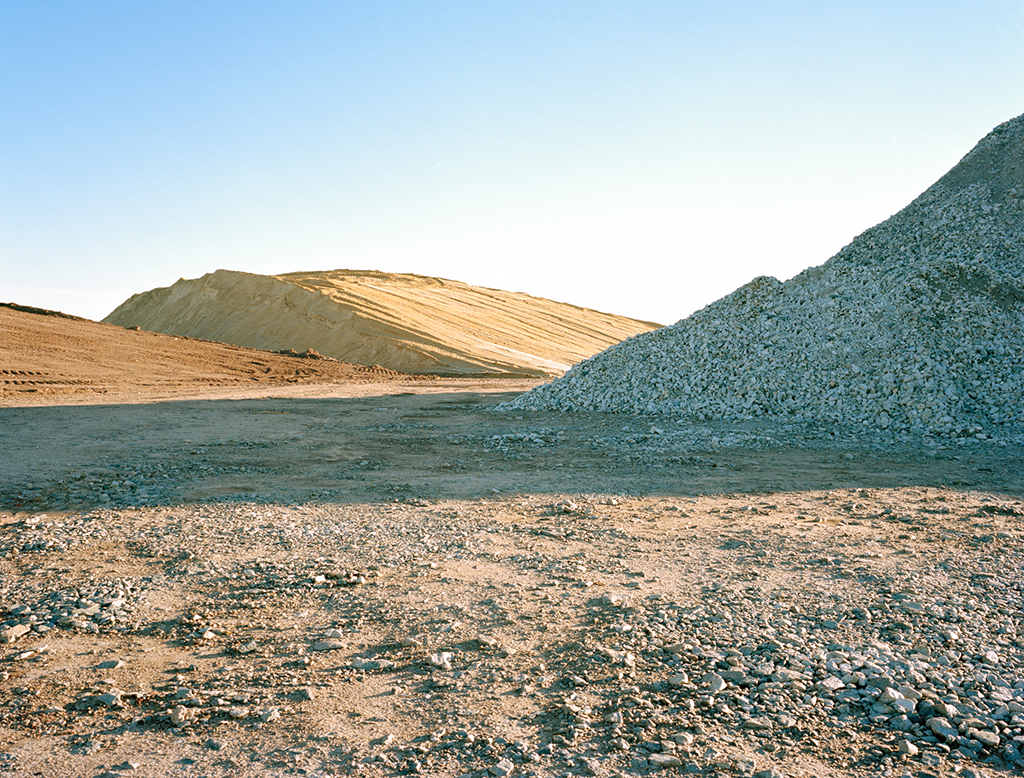
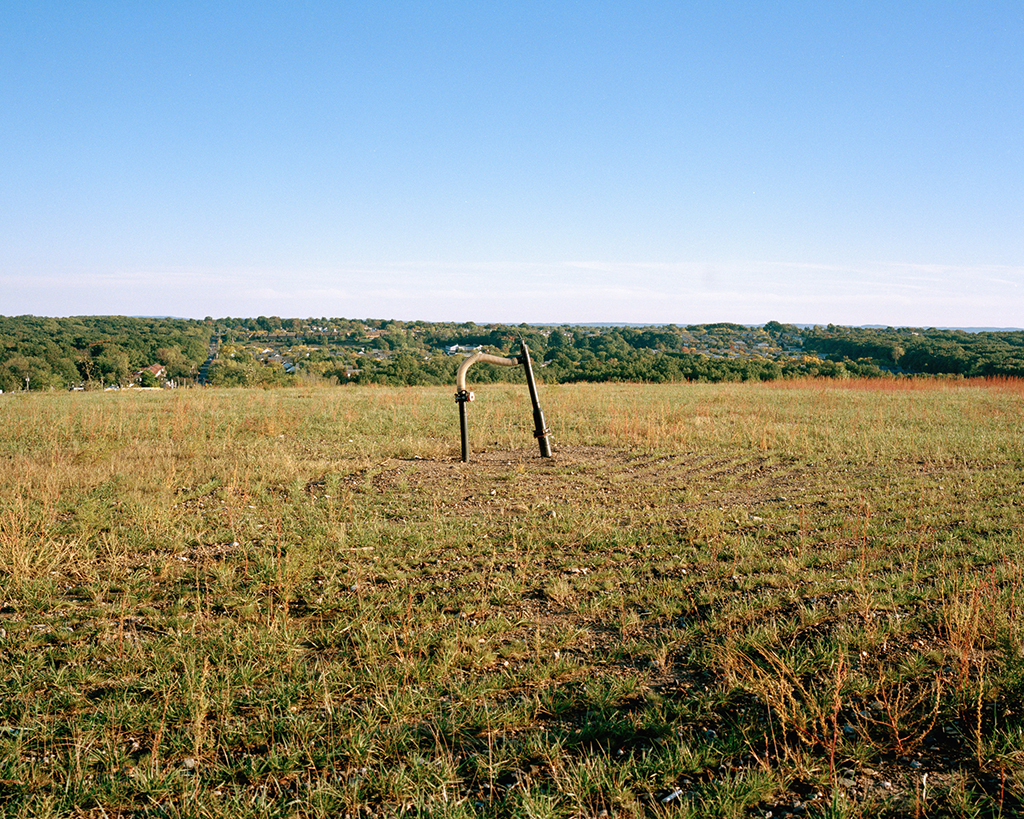
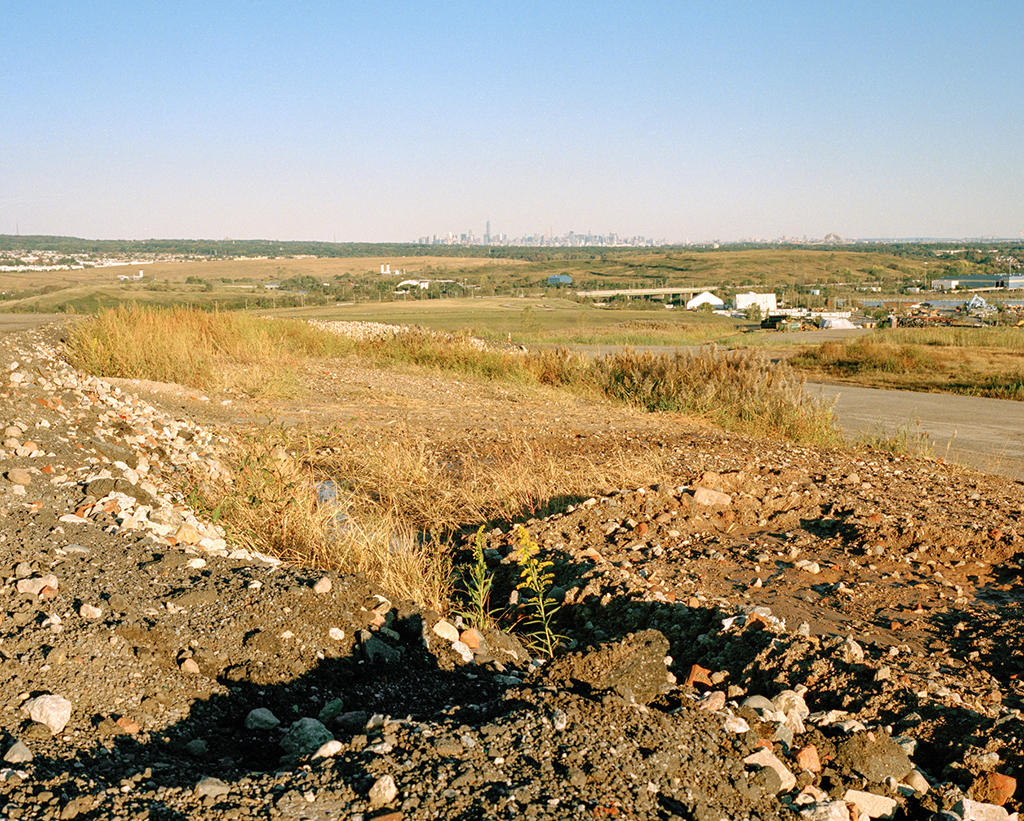
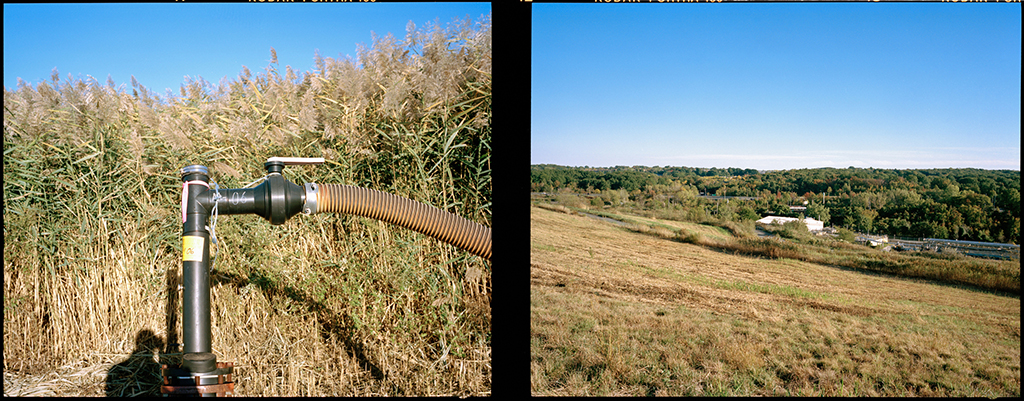

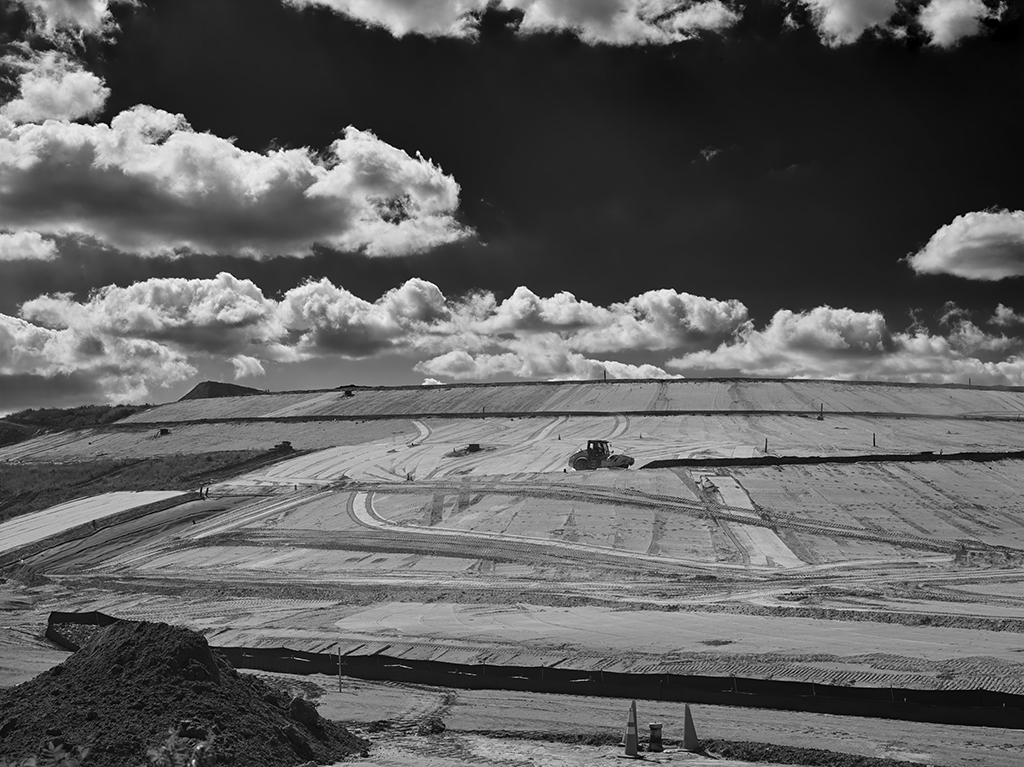


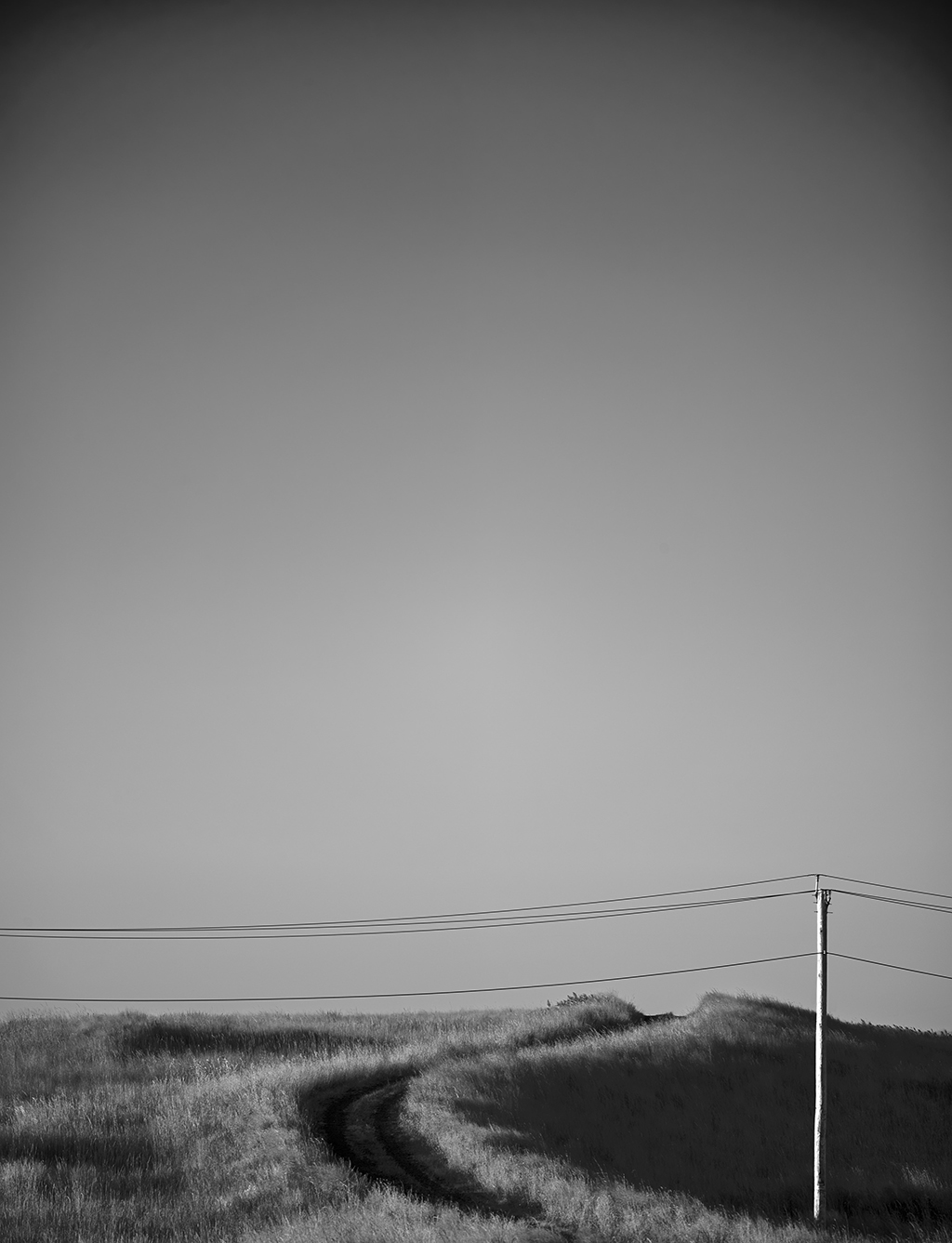
Comments